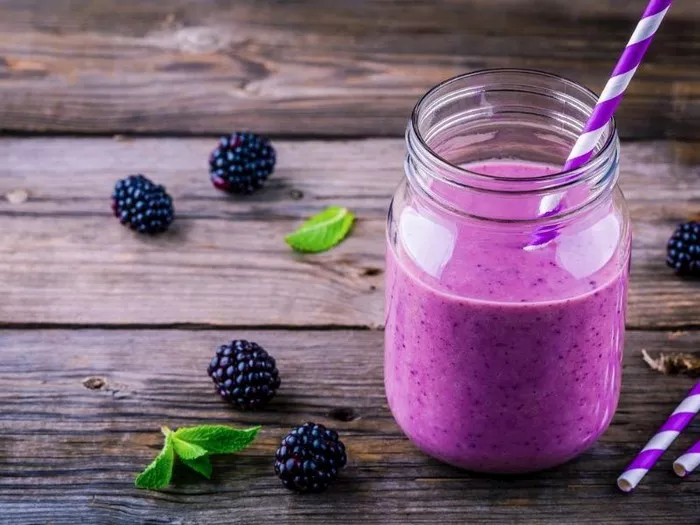Mustard sauce is a versatile condiment that can add a tangy, spicy kick to various dishes. From burgers and hot dogs to salads and grilled meats, mustard sauce enhances flavors and creates a delightful eating experience. In this article, we’ll dive into the world of Chinese mustard sauce, exploring its history, ingredients, preparation steps, and tips for perfection. By the end, you’ll be equipped to make your own delicious Chinese mustard sauce at home.
Understanding Chinese Mustard Sauce
Chinese mustard sauce is a blend of mustard powder, vinegar, oil, and various spices that create a unique, tangy, and slightly spicy flavor. Unlike Western mustard, which often uses dry mustard seeds or prepared mustard, Chinese mustard sauce often includes additional ingredients to balance the pungency of mustard powder. This sauce is commonly used in dipping, marinades, and dressings, adding depth and complexity to dishes.
History of Mustard Sauce
The history of mustard sauce dates back to ancient times. Mustard seeds have been used for culinary purposes since the Roman Empire, where they were ground and mixed with vinegar or oil to create a basic mustard sauce. Over time, various cultures adapted this simple recipe, adding their own spices and flavors to create unique variations. In China, mustard sauce evolved to become a staple in many households and restaurants, reflecting the country’s rich culinary tradition.
Ingredients for Chinese Mustard Sauce
To make a classic Chinese mustard sauce, you’ll need the following ingredients:
Mustard Powder: The star ingredient, providing the tangy, spicy flavor. Chinese mustard powder is typically made from ground mustard seeds and may have a slightly different taste from Western mustard powder.
Vinegar: Adds acidity and balances the pungency of the mustard powder. You can use white vinegar, rice vinegar, or even apple cider vinegar for a different twist.
Oil: Helps to blend the ingredients and gives the sauce a smooth texture. Olive oil, sesame oil, or vegetable oil are all good options.
Sugar: A touch of sugar helps to balance the acidity and bitterness of the mustard and vinegar.
Salt: Enhances flavor and brings out the best in the other ingredients.
Water: Thins the sauce to your desired consistency.
Spices and Seasonings: Optional, but can add complexity and depth. Common additions include garlic powder, onion powder, black pepper, and even a splash of soy sauce or sesame oil.
Step-by-Step Preparation
Here’s a detailed guide to making Chinese mustard sauce:
Prepare Your Ingredients: Measure out all the ingredients before you start. This ensures that you have everything you need and can mix the sauce without interruption.
Combine Dry Ingredients: In a medium bowl, mix the mustard powder, sugar, salt, garlic powder, onion powder, and black pepper. This blend will form the base of your sauce.
Whisk in Wet Ingredients: Gradually add the vinegar and oil to the dry ingredients, whisking constantly to avoid clumping. Start with a small amount of vinegar and oil, then add more until you reach your desired consistency.
Adjust Taste: Taste the sauce and adjust the seasoning as needed. You may want to add more sugar or salt, or perhaps a splash of vinegar for extra tang.
Thin with Water:
- If the sauce is too thick, add a little water, a teaspoon at a time, until you reach the desired consistency.
- Remember, you can always add more water, but you can’t take it away, so add it slowly.
Let It Sit: Allow the sauce to sit for a few minutes to let the flavors meld together. This step is crucial for developing the full flavor of the sauce.
Store and Serve:
- Transfer the sauce to a clean jar or container with a tight-fitting lid. Store it in the refrigerator for up to a week.
- When you’re ready to use it, give it a good shake or stir before pouring.
Tips for Perfect Chinese Mustard Sauce
Quality Ingredients: Use high-quality mustard powder, vinegar, and oil for the best flavor. Cheaper ingredients can result in a sauce that lacks depth and complexity.
Balance the Flavors: The key to a great mustard sauce is balance. Too much vinegar can make it too tangy, while too much sugar can make it too sweet. Taste and adjust as you go.
Experiment with Ingredients: Don’t be afraid to experiment with different ingredients. Adding a splash of soy sauce or sesame oil can add a unique twist to your sauce.
Consistency Matters: The consistency of your sauce is a matter of personal preference. Some people like it thick and creamy, while others prefer a thinner, more pourable sauce. Adjust the water content to suit your taste.
Storage: Store your mustard sauce in an airtight container in the refrigerator. This will keep it fresh and prevent it from separating.
Variations and Uses
Chinese mustard sauce is incredibly versatile and can be adapted to suit different tastes and dishes. Here are a few variations and uses to inspire you:
Spicy Mustard Sauce: Add a few red pepper flakes or a splash of chili sauce for a spicy kick. This variation is perfect for grilled meats, burgers, and hot dogs.
Sweet and Sour Mustard Sauce: Increase the sugar and add a splash of ketchup for a sweet and sour flavor. This sauce pairs well with fried chicken, pork chops, and stir-fries.
Herbed Mustard Sauce: Add fresh herbs like dill, parsley, or chives for a fresh, aromatic flavor. This sauce is great with seafood, salads, and sandwiches.
Dressing and Dipping Sauce: Use your mustard sauce as a dressing for salads or a dipping sauce for appetizers like fried vegetables or spring rolls.
Marinade: Marinate chicken, pork, or beef in mustard sauce for a tangy, flavorful dish. The acidity of the vinegar helps to tenderize the meat.
Conclusion
Making Chinese mustard sauce at home is a simple and rewarding process. With just a few ingredients and a little time, you can create a tangy, spicy sauce that elevates your dishes to new heights. Whether you’re looking for a classic mustard flavor or want to experiment with different variations, this sauce is sure to become a staple in your kitchen. The next time you’re grilling out, serving a salad, or preparing a stir-fry, remember to add a dollop of your homemade Chinese mustard sauce to take your meal to the next level. Happy cooking!
Related Topics:

























